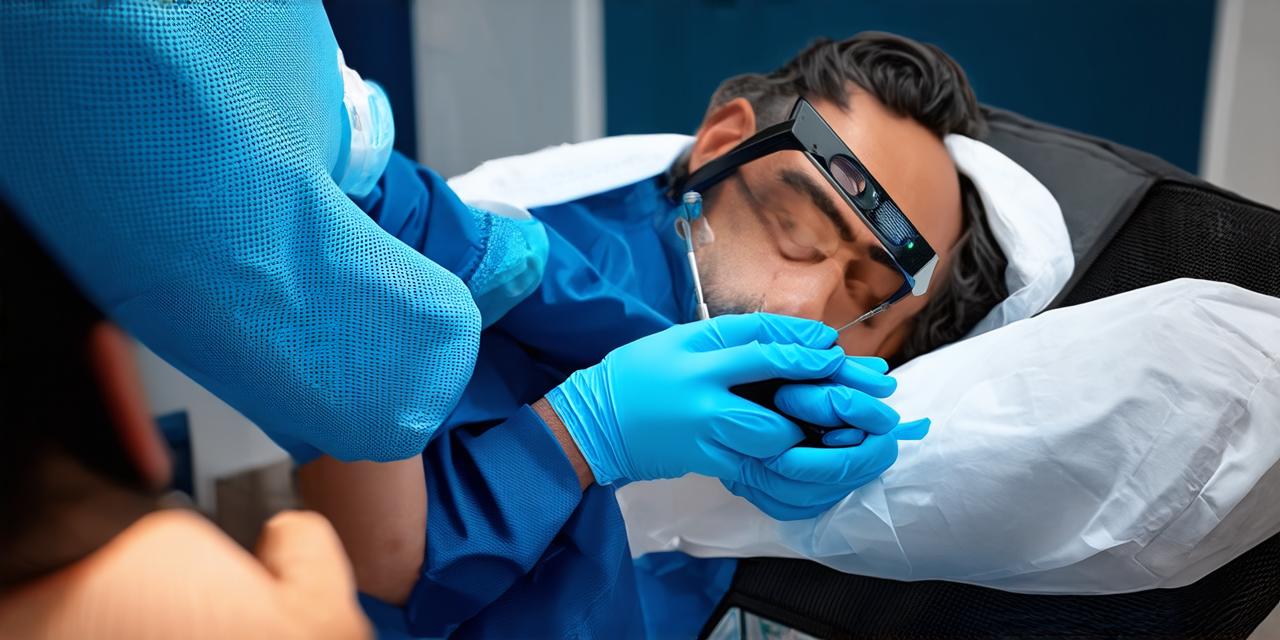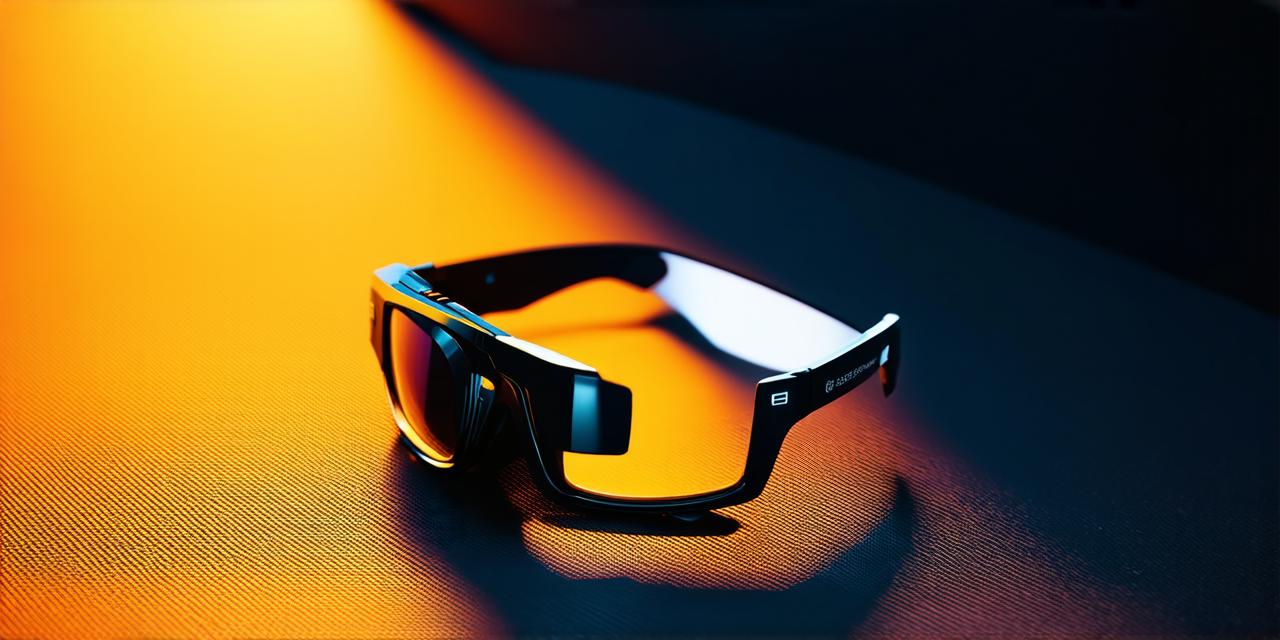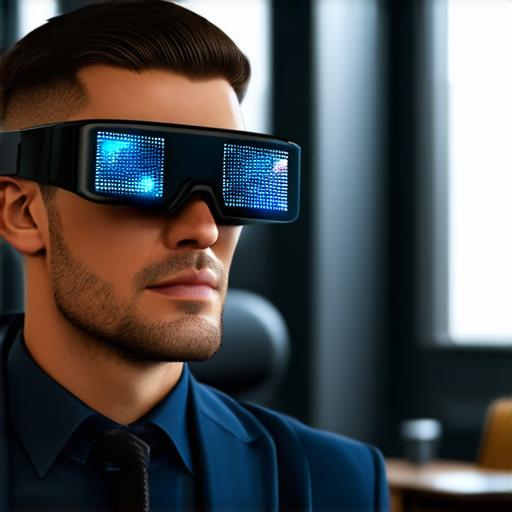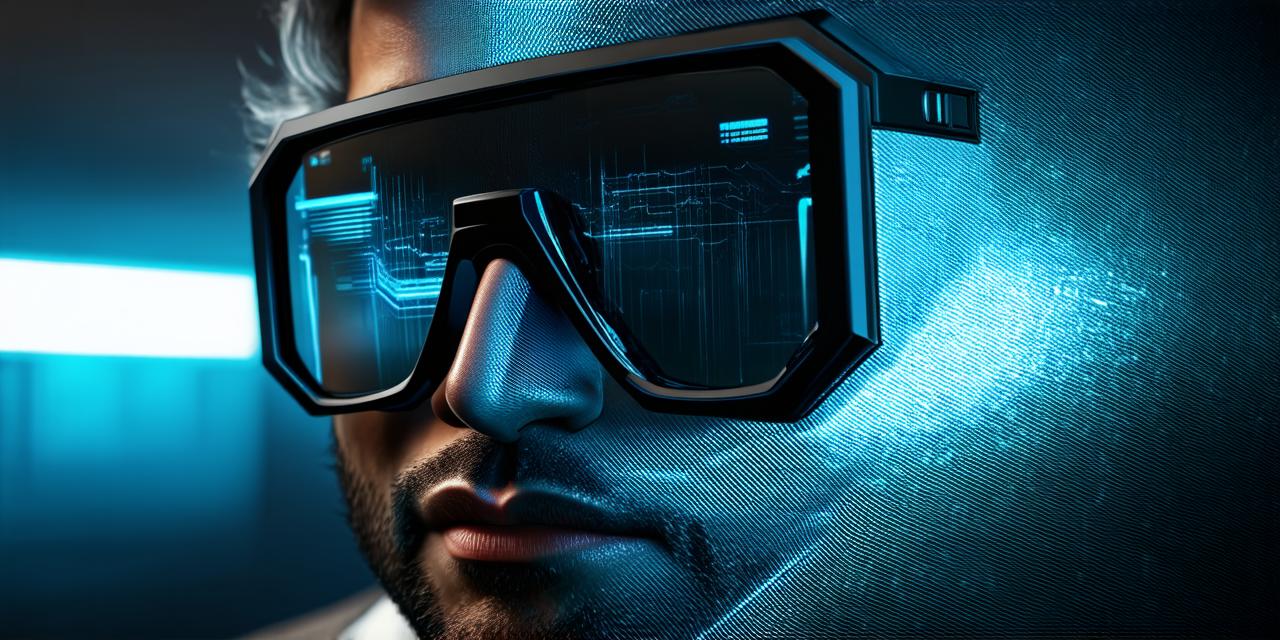How can augmented reality be implemented in the healthcare sector?
Augmented Reality in Healthcare
Augmented reality (AR) is a technology that overlays digital information on top of the physical world. In recent years, AR has gained traction in various industries, including healthcare.
Benefits of Augmented Reality in Healthcare
Improved Patient Care
AR can enhance patient care by providing real-time information to healthcare professionals during procedures. For example, AR can be used to display important patient data, such as vital signs and medical history, during surgery.
Additionally, AR can be used in remote consultations to provide patients with a more immersive experience. For example, an AR app could be used to allow a patient to see a virtual representation of their condition or to demonstrate surgical procedures in real-time.
Enhanced Operational Efficiency
AR can also improve operational efficiency in healthcare by reducing errors and improving workflows. For example, AR can be used to display instructions or equipment information during a procedure, reducing the need for healthcare professionals to look away from the patient.
Additionally, AR can be used to streamline processes such as inventory management and maintenance. By using AR to track and manage inventory, healthcare providers can reduce waste and improve operational efficiency.
Better Training and Education
AR can also be used for training and education in healthcare. For example, an AR app could be used to simulate surgical procedures, allowing medical students to practice their skills in a safe and controlled environment.
Real-Life Examples of Augmented Reality in Healthcare
Surgery
One example of AR in healthcare is its use in surgery. For instance, surgeons can use AR to display important patient data or equipment information during a procedure.
Another example is the use of AR in minimally invasive surgeries. By using AR, surgeons can visualize the surgical site in 3D and make more precise incisions, reducing the risk of complications and improving patient outcomes.
Remote Consultations
AR can also be used in remote consultations to provide patients with a more immersive experience. For example, an AR app could be used to allow a patient to see a virtual representation of their condition or to demonstrate surgical procedures in real-time.
Medical Imaging
AR can also be used in medical imaging to enhance the accuracy and speed of diagnosis. For example, an AR app could be used to display medical images alongside patient data, allowing doctors to make more accurate diagnoses and develop more effective treatment plans.
Expert Insights on the Future of Augmented Reality in Healthcare
Increased Adoption
As the technology continues to advance and become more user-friendly, we can expect to see increased adoption of AR in healthcare. This will lead to improved patient outcomes and enhanced operational efficiency.
Integration with Wearables
AR is also expected to integrate with wearable technology, allowing patients to monitor their health and receive real-time feedback on their condition. This will help patients take a more active role in managing their health and improve overall outcomes.
Collaboration with AI
AR is also expected to collaborate with artificial intelligence (AI) in healthcare. By combining AR and AI, healthcare providers can develop more accurate diagnosis tools and develop more effective treatment plans. This will lead to improved patient outcomes and enhanced operational efficiency.
FAQs on Augmented Reality in Healthcare
What is augmented reality?
Augmented reality is a technology that overlays digital information on top of the physical world. In healthcare, AR can be used to enhance patient care, improve operational efficiency, and better train and educate healthcare professionals.
How does augmented reality work in healthcare?
AR works by displaying digital information on top of the physical world using a device such as a smartphone or tablet. This information can include important patient data, surgical procedures, equipment instructions, and more.
What are some examples of augmented reality in healthcare?
Some examples of AR in healthcare include its use in surgery, remote consultations, medical imaging, and training and education.
How is augmented reality expected to impact healthcare in the future?
AR is expected to increase adoption, integrate with wearable technology, collaborate with artificial intelligence, and lead to improved patient outcomes and enhanced operational efficiency.
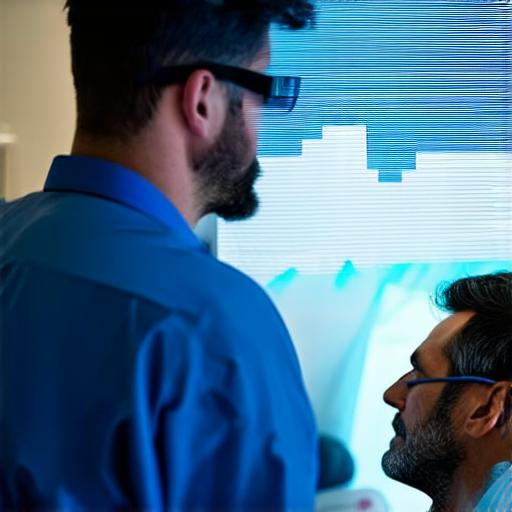
Conclusion
Augmented reality has the potential to revolutionize the healthcare industry by enhancing patient care, improving operational efficiency, and better training and educating healthcare professionals. As the technology continues to advance and become more user-friendly, we can expect to see increased adoption in healthcare. This will lead to improved patient outcomes and enhanced operational efficiency, making healthcare more accessible and effective for everyone.
